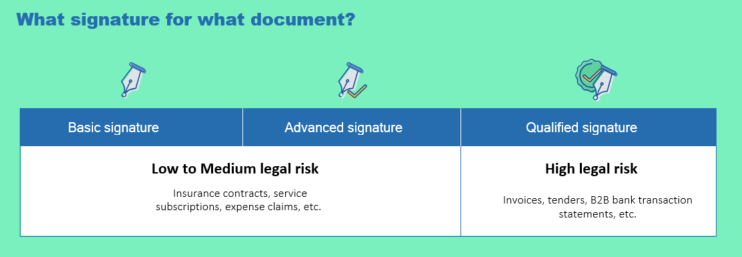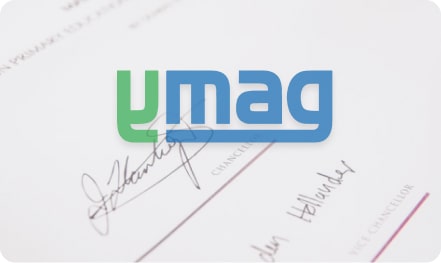The electronic signature serves as a mark of confidence in your digital communications. Its features make it a tool that provides more efficiency, reliability, and security than a manual process ever could.
It essentially allows you to identify the signatory (individual or company) with certainty, to confirm their commitment by sealing the document, and ensure the integrity of the signed document. An electronic signature also authenticates the signatories who have given their consent, so they cannot later claim that they did not sign the document verifying their agreement.
With the European eIDAS regulation defining three levels of signature, how do you choose which signature method is most suitable for your documents and your company? It’s not always easy to answer this question. But here is some practical advice to help you make the right decision.
How an electronic signature works
To sign a document electronically, you need to follow a certain process to ensure the document is legally valid. This is primarily based on:
- An electronic certificate, issued by a Trust Service Provider (such as CertEurope), acting as a digital ID card to authenticate the signatory or signatories.
- An electronic signature tool to confirm the signatory’s commitment by sealing the document and to ensure the integrity of the document, in compliance with the European regulations.
Choosing your electronic signature
To help make this decision, we recommend taking into account these three criteria :
Your objectives + Nature of the document + Applicable regulations
This approach will allow you to identify a solution that complies with the regulatory requirements and is adapted to your business and its practices.
It is important to address all these issues in the steering committee with IT and Legal management. Depending on the nature of your documents, their legal value (see next page), and the degree of security that your company wishes to obtain, you can choose from three levels of certification.
The three levels of guarantee pursuant to eIDAS
In force since July 1, 2016, eIDAS strengthens and standardizes electronic transactions in the 28 Member States of the European Union. There are 3 levels of reliability and guarantee for your electronic signature: Basic, Advanced and Qualified.










